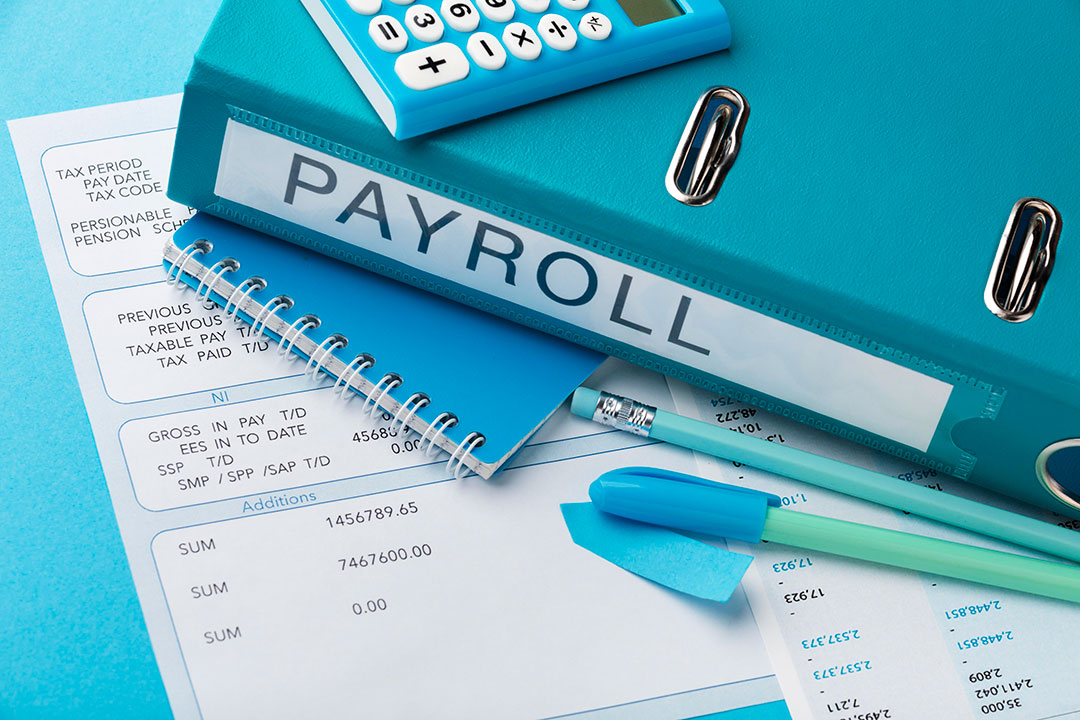
Amicus Curiae
By Klarissa B. Santos

It is now standard for employers to automatically credit the salaries of their employees to their respective bank accounts. In this digital world, gone are the days when employers handed out cash or checks and required employees to sign physical pay slips. While direct deposit offers convenience, this arrangement may also present certain challenges, particularly in proving the actual payment of employees’ monetary benefits.
In a recent case involving an airline company, the Supreme Court has shed light on how employers with bank crediting arrangements can effectively prove payment of salaries and benefits.
This case stemmed from the money claims of 49 employees who were dismissed following their participation in an illegal strike. These employees filed a complaint for illegal dismissal and claimed non-payment of monetary benefits, including their salaries and 13th month pay. The company argued that the Payroll Listing and the 13th Month Pay Payroll Register it submitted were sufficient and constituted substantial evidence of payment of the purported unpaid salaries and 13th month pay.
The Supreme Court, however, disagreed. It stressed that the burden of proving money claims rests on the employer, citing the fact that pertinent personnel records, such as payrolls, are not in the possession of the worker but in the custody and absolute control of the employer. Moreover, the Supreme Court noted that the employer must meet the quantum of proof required in labor cases, which is substantial evidence — that is, such amount of evidence which a reasonable mind might accept as adequate to justify a conclusion.
While the Court has generally treated payroll sheets or vouchers as substantial evidence of payment of the employee’s money claims, it clarified that these are considered substantial evidence only if they establish both: 1.) the employee’s receipt of payment; and, 2.) the specific date or period covering the alleged payment.
In arriving at this conclusion, the Supreme Court examined existing jurisprudence. For example, in Salvaloza v. National Labor Relations Commission (G.R. No. 182086, Nov. 24, 2010), the payroll sheets provided by the employer were properly signed by the employee, thus clearly indicating receipt of payment. In Iran v. National Labor Relations Commission (G.R. No. 121927, April 22, 1998), while vouchers were presented, they failed to cover the full period claimed — resulting in the employer being held liable for the uncovered years.
However, in today’s digital age, employees rarely sign their pay slips. Most employers now use automatic bank crediting to disburse salaries and benefits. This arrangement generally involves three stages: 1.) preparation of the payroll by the employer; 2.) submission of the payroll or advisory and its corresponding receipt by the bank; and, 3.) crediting of the amounts to the bank accounts of the employees. At stage one, only the employer is involved; at stage two, both the employer and bank are involved; and at stage three, only the bank acts on the instructions received.
Thus, the Supreme Court held that, at a minimum, an employer relying on an automatic crediting arrangement must present evidence of the second stage, i.e., proof that the payroll or the crediting advisory was submitted to and received by the bank. This proof, according to the Supreme Court, would allow a reasonable mind to conclude that the bank duly carried out the crediting process. Once the employer provides valid proof of the bank’s receipt, the burden of evidence then shifts to the employee to show that the payment was not actually credited to their account.
In the said airline company case, the payroll records submitted by the employer only reflected the first stage of the process — payroll preparation — and failed to prove the second stage, i.e., transmittal of the payroll to the bank. Accordingly, the Supreme Court ruled that these payroll records cannot be treated as substantial evidence of payment.
In light of this ruling, employers must now reassess and recalibrate their payroll documentation protocols, particularly with regard to their internal arrangements with banking partners. It is no longer enough to show that payrolls were prepared, as employers must be able to prove that a copy of the payroll or a crediting advisory was actually transmitted to the bank.
After all, as the Supreme Court has declared: proof — or payment didn’t happen!
The views and opinions expressed in this article are those of the author. This article is for general informational and educational purposes only and not offered as and does not constitute legal advice or legal opinion.
Klarissa B. Santos is an associate of the Labor and Employment department of the Angara Abello Concepcion Regala & Cruz Law Offices (ACCRALAW).
8830-8000